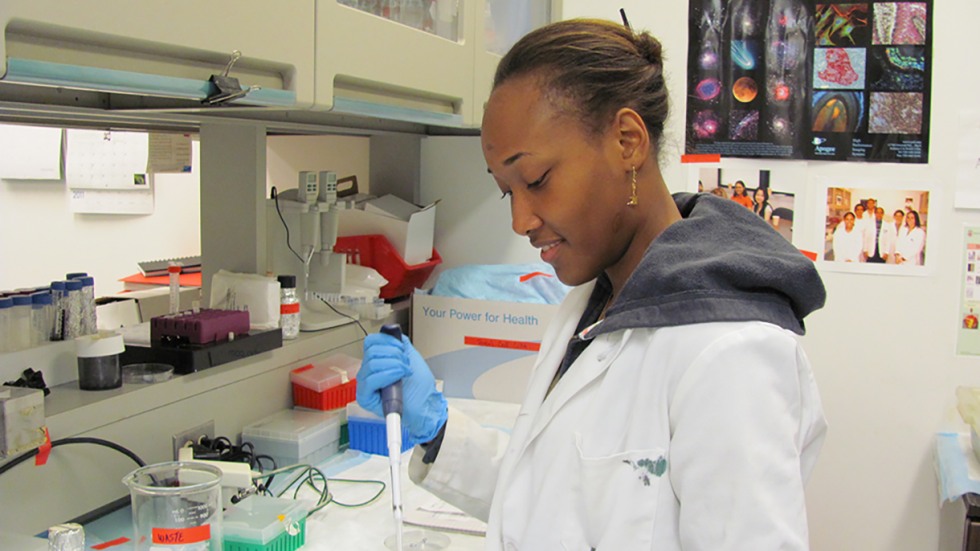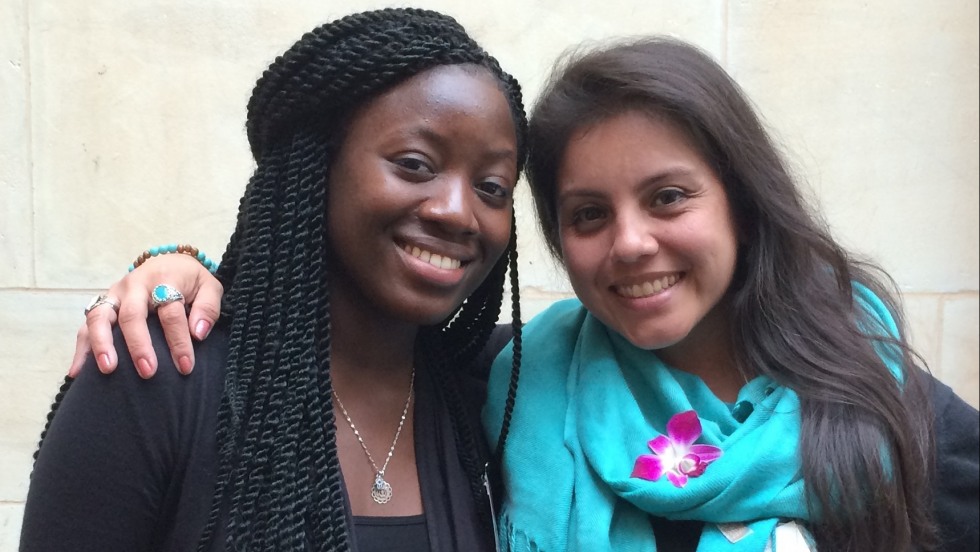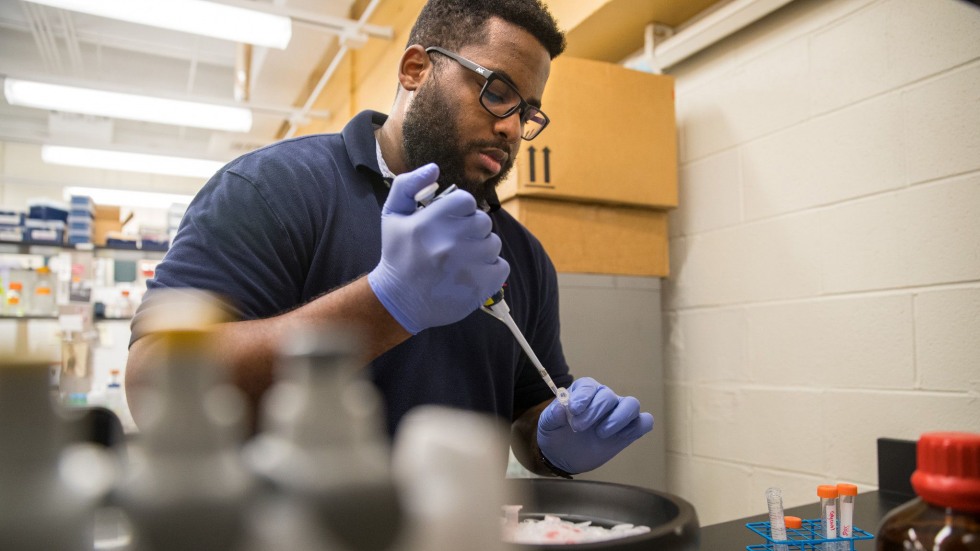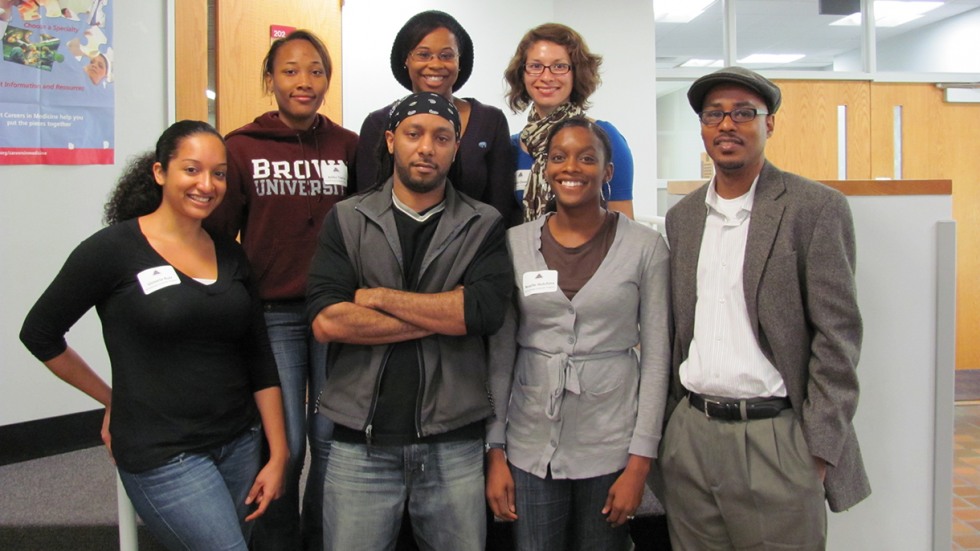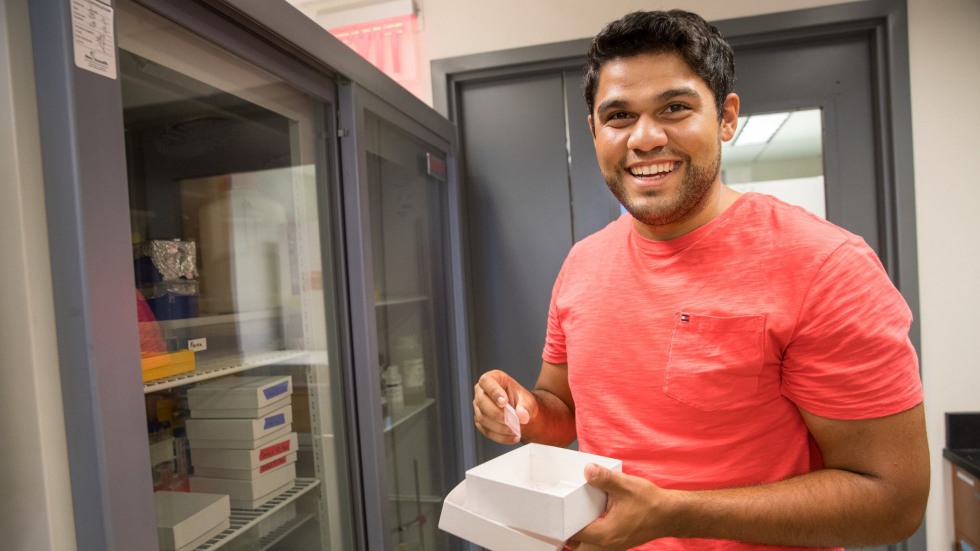PROVIDENCE, R.I. [Brown University] — For more than a decade, leaders of the Initiative to Maximize Student Development at Brown University have worked not only to expand diversity among doctoral students in the University’s science, technology, engineering and math programs, but also to propel the career success of underrepresented students over the long term — in effect, increasing diversity in STEM on a much larger scale.
A new study in the Journal for STEM Education Research shows that the program is doing exactly that.
The report details the 10-year outcomes of implementing practices that support success of underrepresented students in STEM graduate programs at Brown through the IMSD. The results show sustained improvement in compositional diversity, retention and degree attainment of students in the program relative to their peers. They also show the success of participants in publishing studies, securing national fellowships and finding job placements in the biomedical, behavioral and physical sciences.
IMSD leaders say the study offers empirical evidence of the initiative’s positive effect over time, a key factor for the sustainability of both IMSD and for initiatives to diversify the sciences in general, said Andrew G. Campbell, dean of Brown’s Graduate School and the paper’s corresponding author.
“It’s important to note how this study shows quantitative outcomes not just in a moment in time, but over a decade, which is near equivalent to two generations of doctoral students,” said Campbell, who has co-directed the program since its inception.
Campbell said the success of IMSD in building and supporting a more diverse community of scholars is illustrative of the University’s broader commitment through its ambitious Diversity and Inclusion Action Plan and diversity and inclusion initiatives at the Graduate School.
As the study notes: “The outcomes described result from long-term commitments to building a culture that includes the development of relationships that serve underrepresented students, the provision of a personalized education program of support and skills-based learning that supplements discipline-based research and coursework, and investments in processes that build a culture that values and benefits from diversity.”
Diversifying STEM Ph.D. programs
The launch of IMSD in 2008 was initiated by work that Campbell and Nancy Thompson, a professor emerita who was then the associate dean for graduate and postdoctoral studies, piloted in the Division of Biology and Medicine to increase diversity across graduate programs. It was based on the success of diversity initiatives in the pathobiology program, which Campbell directed.
Because racial and ethnic minorities comprise the least-represented groups in STEM fields, the pair designed IMSD programming to address potential gaps in background preparation as well as practices to increase participants’ sense of belonging.
“We had an initial goal to double the matriculation of underrepresented Ph.D. students, particularly racial and ethnic minorities among the doctoral programs in the Division of Biology and Medicine,” said Thompson, co-author of the new study. “To do that, we had to reach out to partner institutions from which we might draw students, and we needed to put in place a really good support system for advising and creating a sense of community among the students.”
